Info, news & debate
Nature awareness
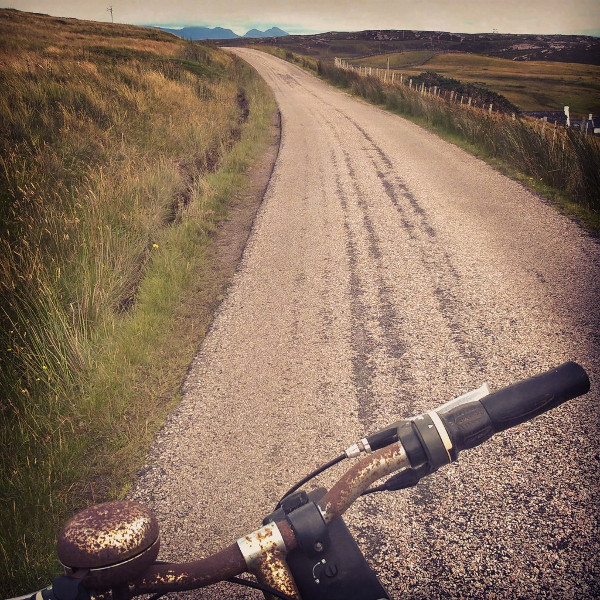
University meets WWOOF: An interview with student and WWOOFer Iona Desouza
Hours spent in the library? Check. Essay and assignment deadlines flooding in? Check. Tractor driving, wool spinning and weeding at weekends? Check!
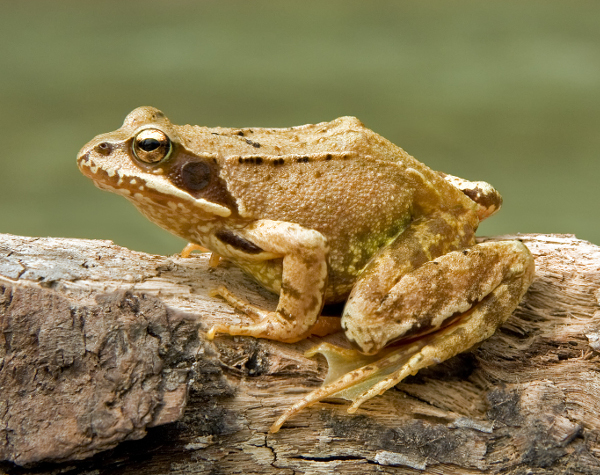
Nature in March – what to look out for
The beginning of March is always a really exciting time in my garden as there are changes almost daily especially in the day length. One thing I look forward to with great anticipation is a warmish night as I know that it will bring all the male Frogs out of their hiding places
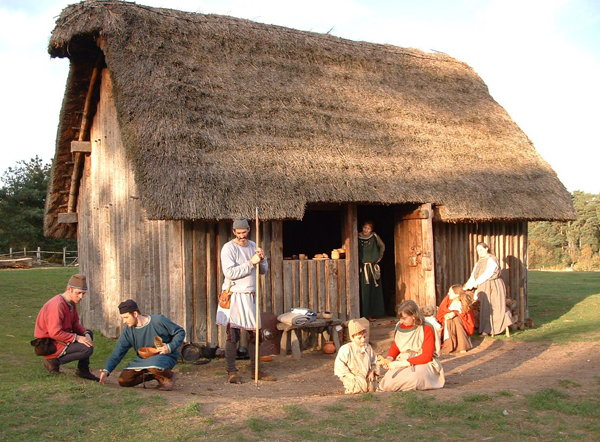
Why we’d be better off living like the Saxons (with a few mod cons)
If you spend your life trying to promote low-impact living, you sometimes get asked the most ridiculous questions. More than once I’ve been asked something along the lines of: ‘you want to take us back to the Middle Ages, don’t you?’
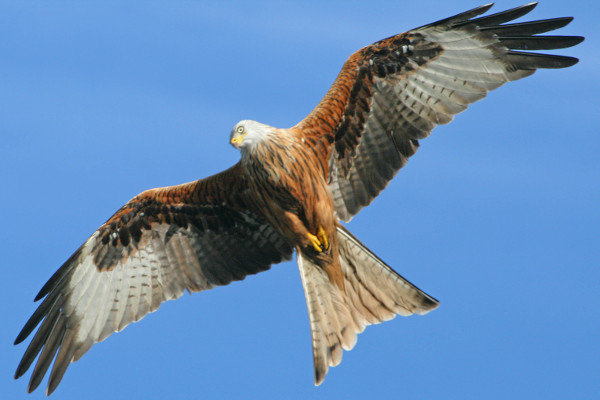
Nature in February – what to look out for
Already there are birds around the garden preparing for nesting. Blue Tits in particular have been checking out a couple of nest boxes that I can see from the house, one of which is right outside a bedroom window.
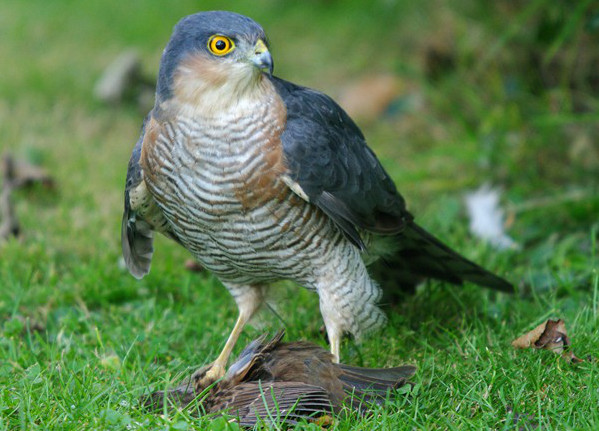
Nature in January – what to look out for
Anyone who feeds the birds in their garden is likely to have a Sparrowhawk passing through from time to time. I am no different from anyone else – feeling that moment of flinching fear as the small grey male or his larger female mate come swooping past my window with outstretched talons.
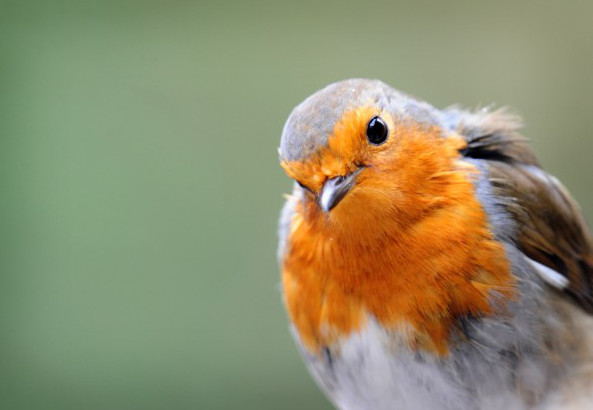
Nature in December – what to look out for
December always naturally makes me think of Christmas, and Christmas makes me think of robins, and this colourful little bird seems to feature on almost every Christmas card I receive and no wonder – it is a bird we very much notice, and associate with, nature in December.

Stargazers of the world unite: how seeing the Milky Way in a clear, unpolluted sky can change your life
Having grown up in the industrial West Riding of Yorkshire, I was 22 when I first saw the Milky Way. It wasn’t my fault; there was too much light pollution. In places such as this, you may think that on a moonless and cloudless night you can see the stars
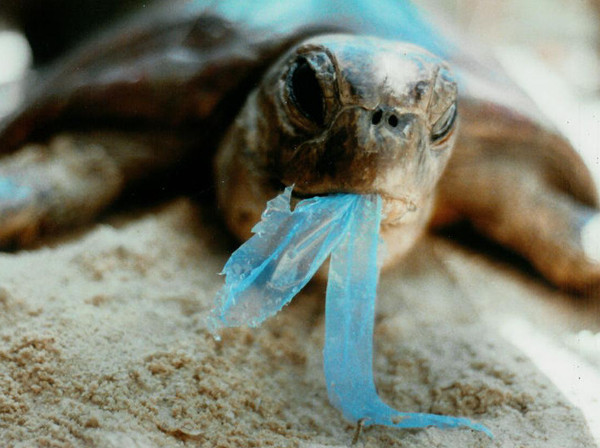
New report: number of plastic bags on UK beaches falls by almost half – so charging 5p for plastic bags works?
The number of plastic carrier bags found on UK beaches in surveys carried out by the Marine Conservation Society (MCS) has dropped by almost half between 2015 and 2016. This is the lowest number reported in over a decade, and fantastic news for marine wildlife.
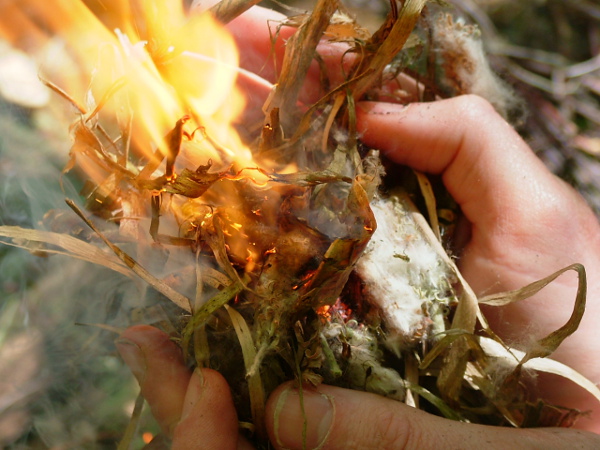
If society collapses, which skills will you wish you’d learnt?
Here’s a conversation between Dave of Lowimpact.org and Nigel Berman of ‘School of the Wild’. Nigel teaches appreciation of nature and wilderness, and he’s provided us with information for our topic introduction on ‘firecraft’.
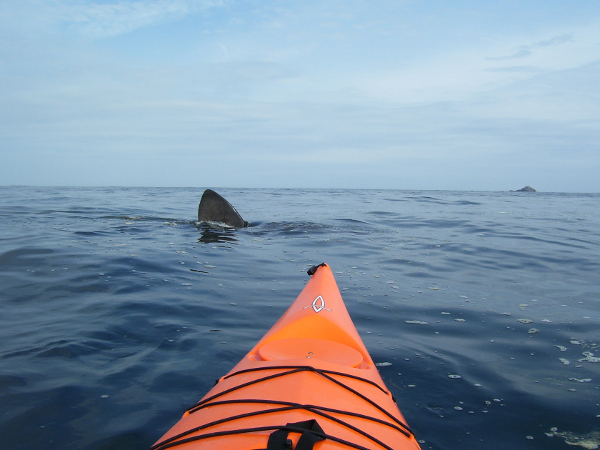
Fancy kayaking around the Cornish coast to raise money for the Marine Conservation Society?
That’s a basking shark’s fin, by the way – they grow up to 26ft long, but eat plankton rather than humans. The Marine Conservation Society (MCS), the UK’s leading marine charity, is behind a fantastic opportunity to see one of the most spectacular parts of the UK’s coastline from a kayak
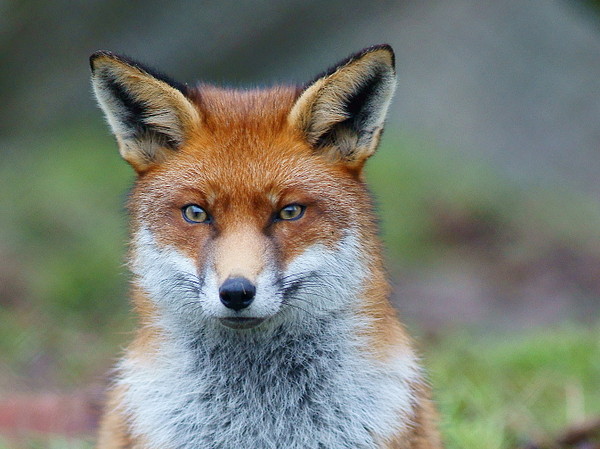
Nature in November – what to look out for
I’m beginning to realise just how much the garden birds occupy my thoughts when it comes to nature in November, as there is little else around in my wildlife garden just now. Apart for a single Bank Vole, a few Grey Squirrels and the occasional Brown Rat from the farm next door,
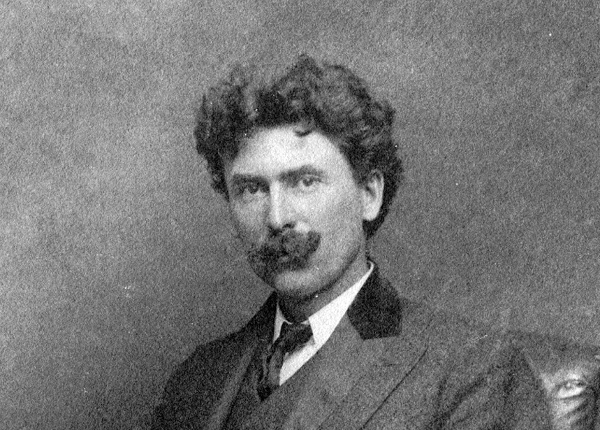
How Ernest Thompson Seton realised that nature grounds, educates and heals children
Imagine a man whose response to youths repeatedly vandalising his property is to invite them onto his land to learn about it. Pretty right on, maybe, though not that unlikely given what we now know about nature’s importance as a healer and educator, but this was 1902.
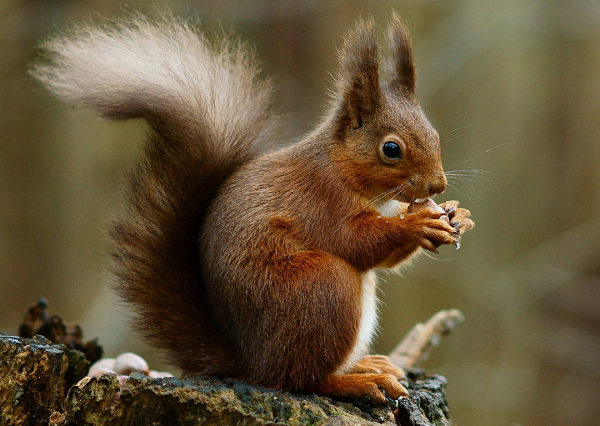
Nature in October – what to look out for
This time of year is usually holiday time for me, so, when it comes to nature in October, my trips away from Shropshire and my garden have to involve a large element of looking at wildlife and hopefully walking in beautiful countryside.
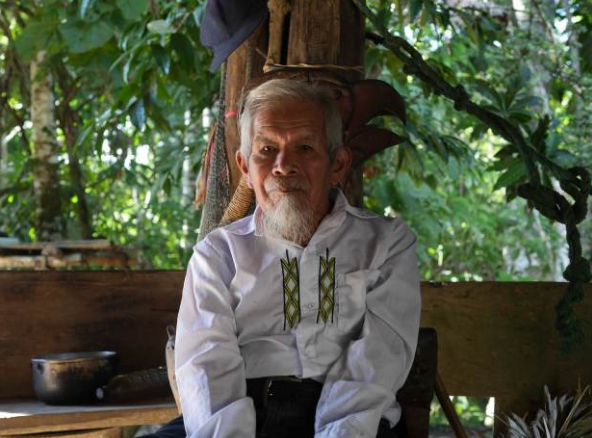
Reimagining progress: what we can learn about ‘lean thinking’ from indigenous communities
Here’s a living example of a ‘lean’ economy (outlined by David Fleming in our last blog post), and how you can help to preserve it. The ‘unlean’ economy is encroaching onto the territory of the Kichwa and Sapara communities in the Ecuadorean Amazon, in the form of large oil corporations, and will destroy their communities, as …
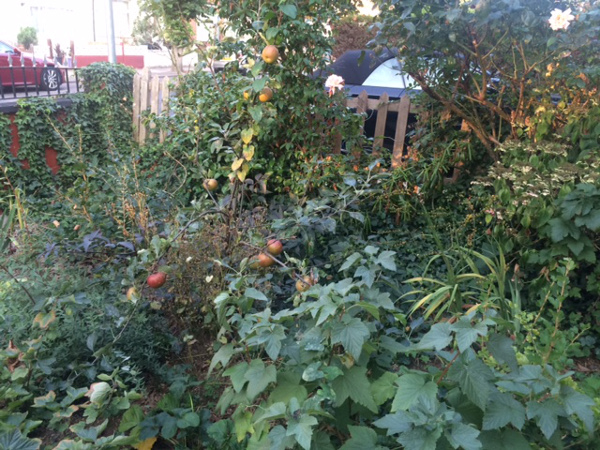
Low-impact & the city 4: front gardens – concrete or plants?
My partner’s mother lives in Hounslow, under the Heathrow flight path and next to a dual carriageway. But she has filled her front and back garden with flowers, trees, bushes and vegetables. When she visits, she often brings pears, plums, spinach, tomatoes or flowers from her garden.
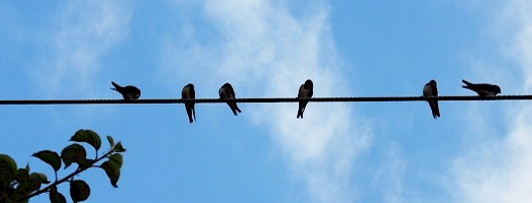
Nature in September – what to look out for
When it comes to nature in September, this month is a melancholy time of year for anyone who loves swallows. Through the summer I enjoy seeing them and the local house martins, swooping and diving around my house and garden, drinking from the pond or sitting on our electricity wires, twittering and preening.
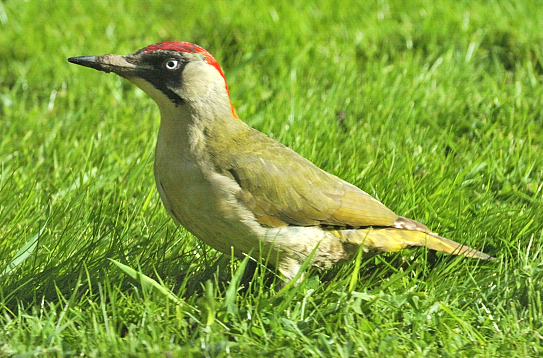
Nature in August – what to look out for
As someone who used to work in university research, it is deeply ingrained in my nature to observe and record what I see, and also, when necessary, to count things (I once spent six years counting weed seedlings).
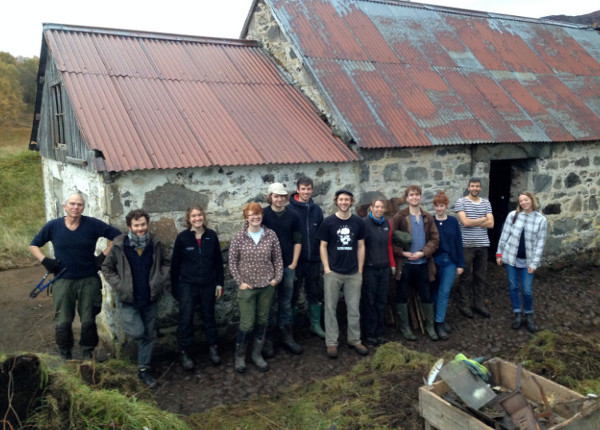
Volunteer at a crofting / educational centre in the Highlands and learn about the ‘shieling’
This is a farm-based education organisation. Our story is the ‘shieling’ – a tradition where folk went up to the hills with the livestock. The shieling is a traditional practice of moving up to the high ground or moorland with livestock, to live there for the summer.
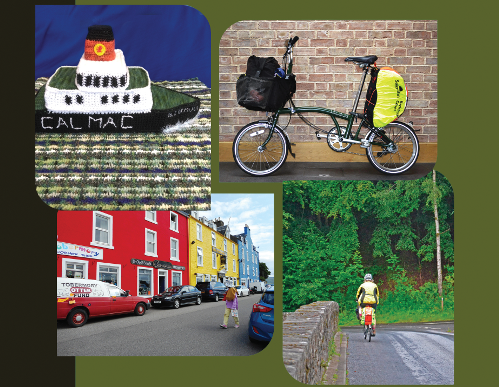
New Lowimpact.org publication: a knitting and textiles tour of Scotland by folding bicycle
Lowimpact.org has a new publication, about a 57-year-old (sorry Janet) woman’s decision to leave her home in Ayrshire and take a grand tour of Scotland on a Brompton folding bicycle, visiting and giving workshops for textile groups along the way.
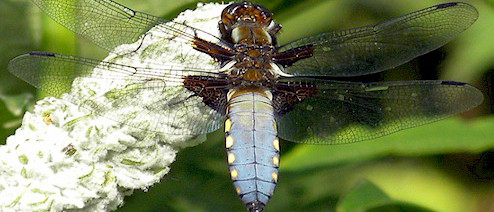
Nature in July – what to look out for
The ponds in the garden have been rather disappointing so far this year in terms of the numbers of dragonflies we have seen. There have been very few individuals of only a small handful of the larger species – nothing like the usual numbers that we see at this time of year.
